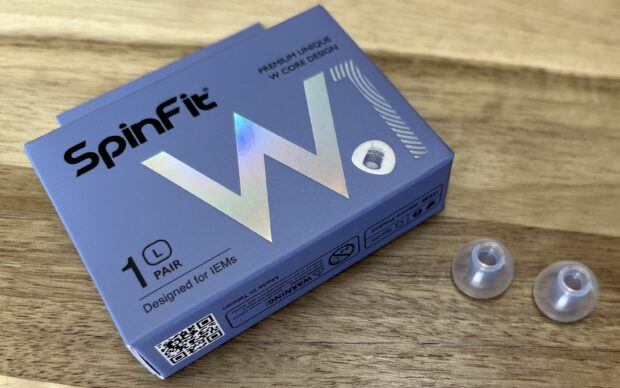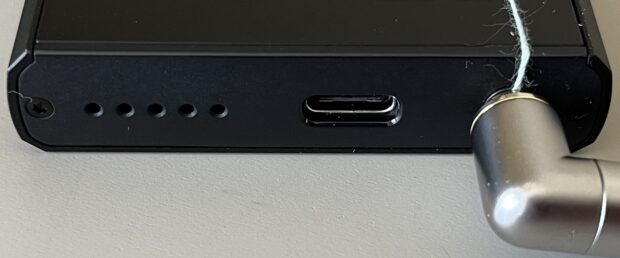I previously wrote an article about the usage of Digital Audio Players (DAPs) as part of my offline life at https://inteltechniques.com/blog/2023/11/24/offline-life-daps/ and on page 56 of Issue 006 of UNREDACTED Magazine. I really did not expect much interest in the topic from this community, but I was wrong. We still receive a lot of feedback and questions about DAPs and In-Ear Monitors (IEMs). Two specific topics have come up, and I want to address each.
IEM Fit: I mentioned in the previous post that a tight fit of an IEM is vital. You want comfort, but you also do not want audio to escape. If you have the slightest gap, much of the bass will disappear. Two people in my circles complained about getting a proper fit into their ears. One said that the IEMs would pop out while jogging and another said that one ear constantly needed nudged back into place, even while sitting. I have experienced both of these issues, and the solution which worked best for me was new silicone tips from SpinFit. I had seen these mentioned within the audiophile communities I monitor, but only tried them recently. They are game-changers.

I tried the SpinFit W1 and CP100+ models, both in a large size. I preferred the SpinFit W1, which was actually cheaper at $9.00. Since I typically use the large stock tips provided with my IEMs, the large SpinFit tips worked for me. Their sizes seem to follow IEM stock tips. I encourage you to go to https://spinfit-eartip.com and find your IEM and size recommendation.
These solved two problems for me:
First, they have way more grip than a stock IEM tip. Once I started using SpinFit tips, my IEMs stopped slipping. I could run without needing to constantly reposition them in my ears. They are a bit more difficult to remove, but that is better than sliding out when undesired.
Second, they offer flexibility within the ear canal. Everyone's ears are unique. The angle of insertion could be a challenge for some when the ear-tip does not move. The SpinFit tips are flexible within the ear canal for a better fit. This is hard to explain in words, but the following Gifs should help. The stock tip to the left does not pivot while the SpinFit to the right has more flexibility. Thank you to my neighbor for helping me capture these examples.


Some people insist that SpinFit tips improve the sound from an IEM, but I don't hear any difference. I suspect that the tighter fit without slipping is the reason for better audio. Listeners are instead experiencing the sound as it was meant to be heard. I can say that the tips did not change the audio for me, which is a good thing.
Headphone Jack Fit: Another friend complained that his wired IEMs would become unplugged due to a loose fit within the headphone jack. His assumption was that the jack itself had become worn, but my experience has been that some headphone plugs are made slightly smaller than others, causing a loose connection into the jack. Several people have posted solutions to this using small pieces of paper between the plug and the jack, but I do not like this option. The paper wears away too quickly and if it is too wide, it will interfere with the connection. Instead, I prefer a small piece of string, as seen in the image below.

I tape the string to the back of the unit and insert only a small portion into the jack. I then use the plug to help navigate the string into place. The string lasts longer than paper and is thinner. I can easily force the string to the back side of the unit in order to avoid interference with the interior connections, which are typically on the sides (not the front and back) of the unit.
Hopefully one of these solutions saves you the headaches I have went through maintaining a proper fit to my IEMs.